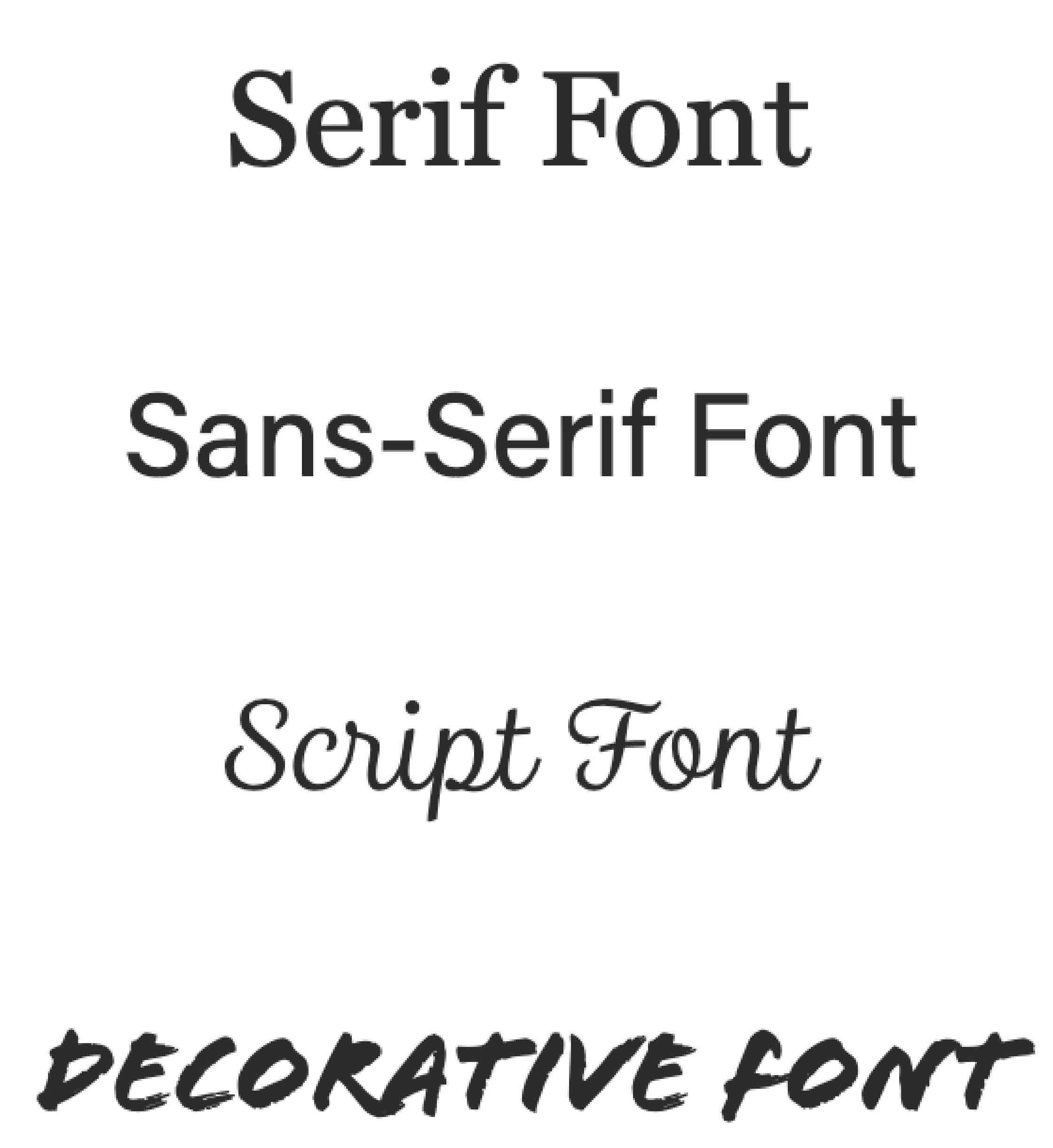
Insights:
Fonts – Embedding, Royalties, and Types
As an author, choosing the right font for your book is an important decision that can affect the readability and overall aesthetic of your work. Here are a few key things to consider when selecting a font for your book:
Embedding
When it comes to using fonts in your book, one important thing to consider is whether or not the font is embeddable. This refers to the ability to include the font file within your book's files, allowing it to be displayed correctly on any device that opens the book. To embed a font in a document, you'll need to use a program that supports font embedding. Many popular word processing programs, such as Microsoft Word and Adobe InDesign, allow you to embed fonts. Just be sure to check the program's documentation for specific instructions on how to do this.
Some fonts, particularly those that are free or commonly used, are designed to be embedded, while others may require a license to be used in this way. It's important to check the licensing terms of any font you're considering using to ensure that you're allowed to embed it in your book.
When embedding in Adobe Indesign, you’ll want to check the “Advanced” section when you export an Adobe PDF. From the Advanced section, you want to make sure under “Fonts” that the “Subset Fonts” percentage is 0%.
Royalties
Another thing to consider when choosing a font for your book is whether or not you'll be required to pay royalties for its use. Some fonts are available to use for free, while others may require a one-time payment or ongoing royalties to use. It's important to understand the licensing terms of any font you're considering using to ensure that you won't be hit with unexpected fees down the road.
When it comes to royalties, there are two main types of fonts to consider: commercial fonts and free fonts. Commercial fonts are fonts that are sold by their creators and are subject to copyright. If you want to use a commercial font in your book, you'll need to purchase a license from the font creator and potentially pay royalties for each copy of your book that's sold.
Free fonts, on the other hand, are fonts that are made available to the public for free. These fonts are often subject to a license that allows for their use in any project, including books. However, it's important to carefully read the license for any free font you want to use, as some licenses may require you to include attribution or restrict certain uses of the font.
Types
There are many different types of fonts available for use in books, and each type has its own unique characteristics and uses. Some common font types include serif fonts, which have small decorative flourishes on the ends of their letters, and sans-serif fonts, which do not have these flourishes. Other font types include script fonts, which mimic the look of handwriting, and decorative fonts, which are designed to be eye-catching and unique. As an author, it's important to choose a font that is easy to read and appropriate for the tone and style of your book.
Choosing the right font for your book is an important decision that can affect the readability and overall aesthetic of your work. Just be sure to consider factors like embedding, royalties, and types when selecting a font for your book to ensure that you make the best choice for your work.



